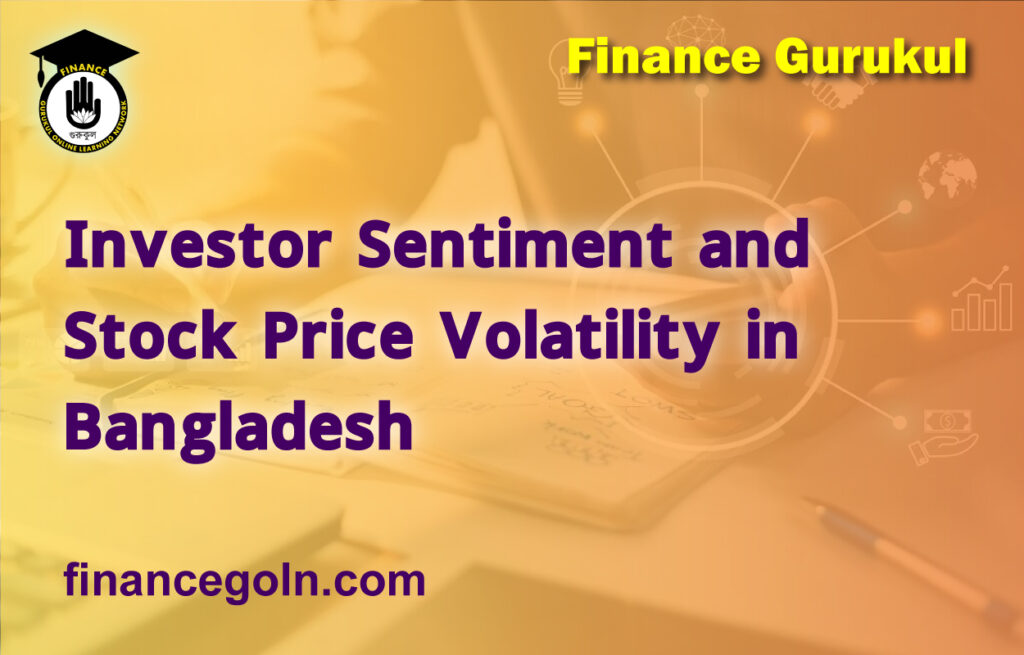Today we will discuss Investor Sentiment and Stock Price Volatility in Bangladesh
Investor Sentiment and Stock Price Volatility in Bangladesh
Although investor sentiment was ignored in the past, its importance was gradually felt after 1990, as the fundamental asset pricing theory was unable to explain actual market anomalies. During that time, the researchers were in search of an explanation, as a result, the term investor sentiment emerged.
Despite the skepticism regarding the acceptability of investor sentiment, empirical evidence shows that investor sentiment does influence the expected market returns and volatility. Therefore, it is essential to find out whether such an impact on investor sentiment exists in the Bangladesh stock market as well.
Bangladesh’s capital market has gone through many ups and down in the last 30 years. Within a very short period, this market has experienced two major bubbles and bursts. The severity of these two incidents taught us how important it is to model stock market volatility with appropriate prediction power.
Considering its importance, the major objectives of this study are to identify (1) the impact of investor sentiment on the stock market return and conditional volatility, (2) the leverage effect of investor sentiment on conditional volatility, which means positive and negative return shocks have different impacts on conditional volatility and (3) the asymmetric property of conditional volatility, that is to say, earning shocks have more influence on conditional volatility when sentiment is high compared to that of low sentiment periods.
In this study, the GARCH-M model and GJR-TGARCH model have been applied. The study is based on three individual sentiment proxies, namely, the change in trade volume per security (ΔTVOL), the change in closed-end fund discount (ΔCEFD), and the change in modified relative strength index (ΔMRSI). Based on weekly data between 1990 and 2018, this study finds that investor sentiment significantly impacts excess market return in the Bangladesh stock market.
Secondly, an inverse relationship between market variance and excess market return is found. Thirdly, there is strong evidence of the volatility persistence effect in the Bangladesh stock market. This means that the volatility takes a long time to perish following a certain incident that triggers market volatility. Fourthly, a negative leverage effect is also found in this market.
That is, negative shock is more likely to push volatility upward as opposed to positive shock of similar magnitude. Lastly, the asymmetric impact of sentiment is found significant in both bull and bear markets. The study attempts to forecast market volatility which is crucial to formulate optimum investment strategies. Therefore, this research is expected to be useful to retail investors, institutional investors, professional investment analysts, market regulators, and policymakers in forecasting the direction of the market.
Description:
This thesis is submitted for the degree of Doctor of Philosophy.
See more:

